Home>Home Maintenance>What Is A Whole House Air Ventilation System
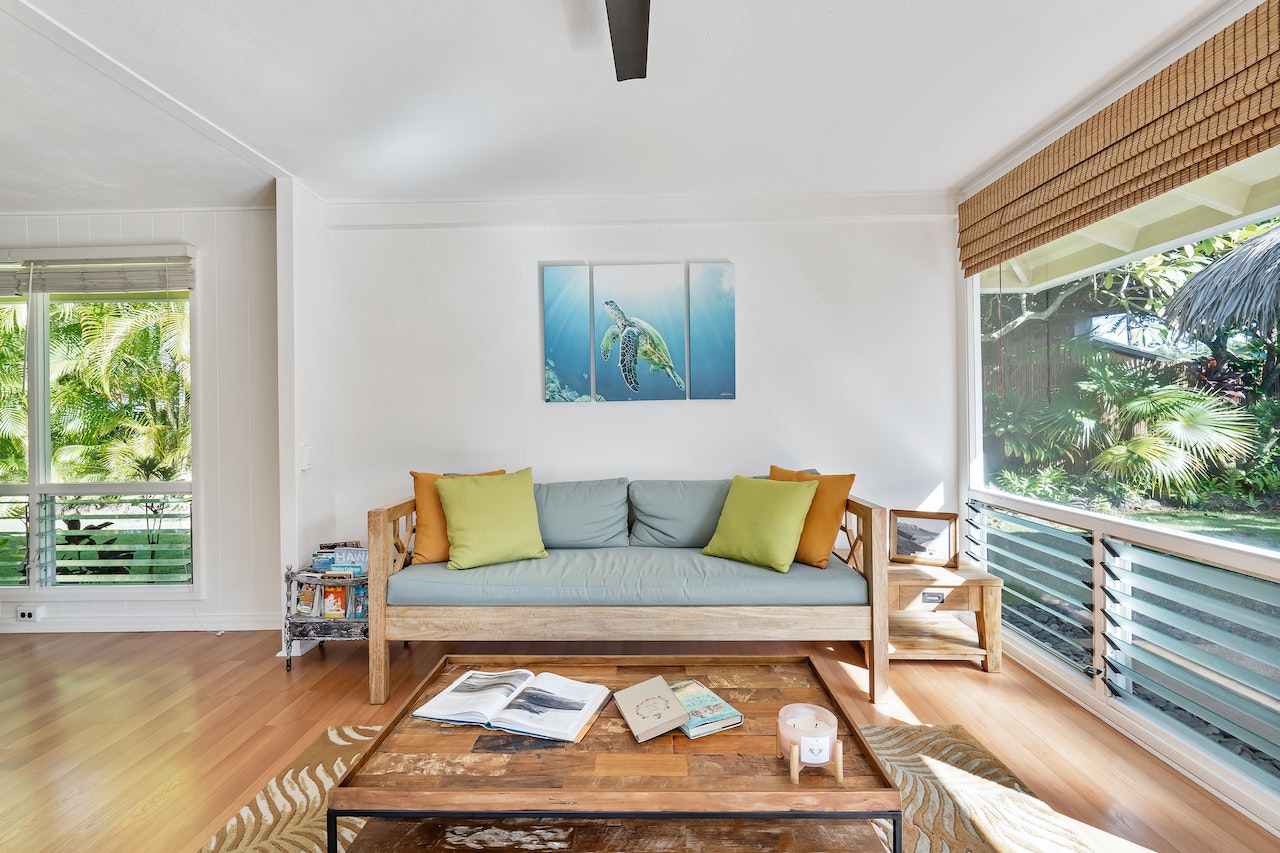

Home Maintenance
What Is A Whole House Air Ventilation System
Modified: March 6, 2024
Learn about the benefits of a whole house air ventilation system for home maintenance. Improve indoor air quality and ensure a healthier living environment.
(Many of the links in this article redirect to a specific reviewed product. Your purchase of these products through affiliate links helps to generate commission for Storables.com, at no extra cost. Learn more)
Introduction
A whole house air ventilation system is a vital component of any home, ensuring that the air you breathe indoors is fresh, clean, and healthy. It works by continuously removing stale air and replacing it with fresh outdoor air, improving indoor air quality and reducing the risk of pollutants accumulating.
Indoor air pollution can have a significant impact on your health and well-being. According to the United States Environmental Protection Agency (EPA), the air inside your home can be two to five times more polluted than the air outside, even in urban areas. This is due to various factors, including the presence of harmful substances such as volatile organic compounds (VOCs), allergens, mold, and bacteria.
A whole house air ventilation system combats these pollutants by bringing in fresh air and expelling stale air from every room in your home. It accomplishes this task using a combination of mechanical and natural ventilation methods, ensuring a constant supply of fresh air throughout the day.
In this article, we will explore how a whole house air ventilation system works, discuss the benefits of installing one, review different types of systems available, and provide guidance on important factors to consider before making a purchase. We will also cover the installation process, maintenance requirements, and common issues that may arise with these systems.
By the end of this article, you will have a comprehensive understanding of whole house air ventilation systems and be equipped with the knowledge necessary to make an informed decision about whether installing one is right for your home.
Key Takeaways:
- Breathe Fresh Air at Home
A whole house air ventilation system continuously replaces stale indoor air with fresh outdoor air, reducing pollutants and allergens, and improving indoor air quality for a healthier home environment. - Enjoy Comfort and Energy Savings
Installing a whole house air ventilation system offers benefits such as noise reduction, temperature control, and energy efficiency. It helps create a comfortable living space while reducing utility bills.
Read more: What Does A Whole House Fan Do
How Does a Whole House Air Ventilation System Work?
A whole house air ventilation system operates with the goal of improving indoor air quality by continuously exchanging stale indoor air with fresh outdoor air. It works in conjunction with your HVAC system to ensure that the air in your home remains fresh, clean, and healthy.
The basic principle behind a whole house air ventilation system is the transfer of air from inside the house to outside, while simultaneously replacing it with fresh outdoor air. This process is achieved through the use of vents, fans, and filters. Here is a step-by-step breakdown of how a typical whole house air ventilation system operates:
- Exhaust Ventilation: Stale indoor air is extracted from various parts of the house, such as the kitchen, bathrooms, and laundry room. These areas are usually equipped with exhaust fans or vents that expel the air outside.
- Inlet Ventilation: Fresh outdoor air is drawn into the house through designated inlet vents, strategically placed to ensure optimum air circulation. These vents are often located in living areas or bedrooms.
- Filtration: Before the fresh outdoor air enters the house, it passes through a filtration system. The filters help remove dust, allergens, and other airborne pollutants. Some advanced systems even incorporate HEPA filters for higher levels of filtration.
- Heat Recovery or Energy Recovery: In regions with extreme temperatures, a heat recovery or energy recovery system may be integrated into the ventilation system. These systems use heat exchangers to transfer heat energy from the outgoing stale air to the incoming fresh air. This helps to maintain indoor temperature and reduce energy costs.
- Distribution: The fresh, filtered air is then distributed to various rooms and living spaces in your home through a network of ducts or vents. This ensures that every room receives an adequate supply of fresh air.
The entire process is typically controlled by a central control unit or a thermostat, which monitors air quality, humidity levels, and temperature. This allows the system to adjust the ventilation speed and airflow as needed, ensuring optimal indoor air quality at all times.
Overall, a whole house air ventilation system is designed to provide a continuous supply of fresh, filtered air while removing pollutants and stale air from your home. This not only improves your indoor air quality but also helps to maintain a comfortable and healthy living environment for you and your family.
Benefits of Installing a Whole House Air Ventilation System
Installing a whole house air ventilation system can offer numerous benefits for both your health and the overall comfort of your home. Let’s explore some of the key advantages of having a whole house air ventilation system:
- Improved Indoor Air Quality: One of the primary benefits of a whole house air ventilation system is the significant improvement in indoor air quality. By continuously exchanging stale indoor air with fresh outdoor air, the system helps to reduce the concentration of pollutants, allergens, and other harmful substances in your home. This is particularly beneficial for individuals with asthma or allergies, as it can alleviate symptoms and promote better respiratory health.
- Reduced Risk of Mold and Mildew: Proper ventilation plays a crucial role in preventing the buildup of moisture and condensation, which can lead to the growth of mold and mildew. A whole house air ventilation system helps to mitigate this risk by removing excess moisture and maintaining optimal humidity levels. By controlling moisture levels in your home, you can protect the integrity of your walls, ceilings, and other structural components, as well as safeguard your family’s health.
- Elimination of Stale Odors: A well-functioning air ventilation system helps to eliminate unpleasant odors by constantly circulating fresh air throughout your home. Cooking smells, pet odors, and other household odors are effectively expelled, leaving your indoor environment smelling clean and fresh.
- Energy Efficiency: While it may seem counterintuitive, a whole house air ventilation system can actually help improve energy efficiency in your home. By incorporating heat recovery or energy recovery systems, the ventilation system can transfer heat energy from the outgoing air to the incoming fresh air, reducing the load on your heating and cooling systems. This can result in lower energy consumption, reduced utility bills, and a more eco-friendly home.
- Comfort and Temperature Control: With a whole house air ventilation system, you can enjoy a more comfortable living environment. The system ensures a consistent supply of fresh air throughout your home, which helps to regulate temperature and reduce stuffiness. Additionally, by removing excess humidity, the system helps to create a more pleasant and comfortable indoor atmosphere.
- Noise Reduction: Another benefit of a whole house air ventilation system is the potential for noise reduction. With proper installation and insulation, the system can help block out external noise, providing a quieter living space for you and your family.
Overall, investing in a whole house air ventilation system brings with it a multitude of benefits, from improved indoor air quality and respiratory health to increased energy efficiency and overall comfort. It is a worthwhile addition to any home, providing a healthier and more enjoyable living environment for you and your loved ones.
Types of Whole House Air Ventilation Systems
There are several types of whole house air ventilation systems available on the market, each designed to cater to different needs and preferences. Let’s explore some of the most common types of ventilation systems:
- Exhaust Ventilation Systems: This type of ventilation system works by removing stale air from the house and expelling it outside. It relies on exhaust fans or vents located in areas such as the kitchen, bathrooms, and laundry rooms to extract pollutants and moisture. Fresh outdoor air enters the house through natural cracks and openings. While exhaust ventilation systems are relatively simple and affordable, they may not provide consistent fresh air distribution to all parts of the house.
- Supply Ventilation Systems: Supply ventilation systems operate by bringing fresh air into the house from outside. This is done through dedicated vents or ducts connected to the outdoors. The incoming air is filtered to remove pollutants and then distributed to different rooms using fans or blowers. This type of system ensures a constant supply of fresh air and helps maintain positive pressure within the house, preventing the infiltration of outdoor pollutants.
- Balanced Ventilation Systems: Balanced ventilation systems combine the features of both exhaust and supply ventilation. They incorporate separate fans or blowers for exhaust air extraction and fresh air intake. These systems ensure a balanced exchange of indoor and outdoor air, maintaining a consistently healthy indoor environment. Balanced ventilation systems are typically equipped with heat recovery or energy recovery mechanisms to minimize energy loss during the ventilation process.
- Heat Recovery Ventilation (HRV) Systems: HRV systems are designed to recover heat energy from the outgoing stale air and transfer it to the incoming fresh air. This helps to maintain indoor temperature and reduce energy consumption. HRV systems typically consist of heat exchangers that facilitate the heat transfer process. They are particularly beneficial in colder climates where retaining heat is crucial.
- Energy Recovery Ventilation (ERV) Systems: ERV systems are similar to HRV systems but with an additional feature of moisture transfer. In addition to recovering heat energy, ERV systems also transfer moisture from the outgoing air to the incoming air. This helps to balance humidity levels and maintain a comfortable indoor environment. ERV systems are especially useful in humid climates where excess moisture can be a problem.
When selecting a whole house air ventilation system, it’s important to consider factors such as your climate, desired level of control, energy efficiency goals, and budget. Consulting with a professional HVAC technician can help you determine the most suitable ventilation system for your home.
Remember that regular maintenance and cleaning are essential for ensuring the optimal performance and longevity of your chosen ventilation system. By selecting the right type of system and maintaining it properly, you can enjoy improved indoor air quality and a healthier living environment for years to come.
Factors to Consider Before Installing a Whole House Air Ventilation System
Before installing a whole house air ventilation system, there are several important factors to consider to ensure that you choose the right system for your home. Here are some key considerations:
- Climate and Local Environment: Your climate and local environment play a significant role in determining the type of ventilation system that would be most suitable for your home. For example, in colder climates, you may want to consider a system with heat recovery capabilities to retain warmth. In humid areas, an energy recovery system that controls moisture levels would be beneficial.
- Size and Layout of Your Home: The size and layout of your home will impact the effectiveness of the ventilation system. Larger homes may require a more robust system with multiple fans or blowers to ensure proper air circulation. The layout of your home will determine the placement of intake and exhaust vents for optimal airflow.
- Air Quality and Pollutant Sources: Assess the air quality in your home and identify potential sources of pollutants. Consider factors such as proximity to busy roads, industrial areas, or allergen sources like pets or smoking. This will help determine the level of filtration you need for the ventilation system.
- Budget and Energy Efficiency: Consider your budget for installation and ongoing maintenance of the ventilation system. Balanced ventilation systems with heat recovery or energy recovery features may provide better energy efficiency in the long run, but they can be costlier upfront. Evaluate the potential energy savings and compare them to the initial investment and maintenance costs.
- Noise Considerations: Some ventilation systems can produce noise, especially if they rely on fans or blowers. Consider the noise tolerance of your household and choose a system that meets your comfort preferences.
- Professional Installation and Maintenance: It is essential to choose a reputable HVAC professional for the installation of your ventilation system. Proper installation ensures optimal performance and prevents unnecessary issues. Additionally, regular maintenance and cleaning of the system are crucial to maintain its efficiency and extend its lifespan.
By considering these factors and conducting thorough research, you can make an informed decision when selecting a whole house air ventilation system. It is recommended to consult with an HVAC professional to assess your specific needs and receive expert guidance tailored to your home’s requirements.
A well-chosen and properly installed ventilation system will improve indoor air quality and create a healthier, more comfortable living environment for you and your family.
A whole house air ventilation system helps to improve indoor air quality by continuously exchanging stale indoor air with fresh outdoor air, reducing the buildup of pollutants and allergens. Regular maintenance is important to ensure optimal performance.
Installation Process of a Whole House Air Ventilation System
Installing a whole house air ventilation system requires careful planning and professional expertise to ensure its proper functioning. Here are the general steps involved in the installation process:
- Assessment and Planning: An HVAC professional will assess your home’s layout, ventilation needs, and any specific requirements you may have. They will determine the ideal locations for intake and exhaust vents, as well as the route for ductwork if necessary. The professional will also calculate the size and capacity of the system needed for your home.
- Obtaining Necessary Permits: Depending on your location, you may need to obtain permits before installing a whole house air ventilation system. Check with your local building department to ensure compliance with regulations.
- Ductwork Installation: If your ventilation system requires ductwork, the installation process begins with routing and installing the ducts throughout your home. The ducts should be placed strategically to ensure proper air distribution to all rooms. The HVAC professional will make any necessary adjustments to accommodate the layout and structure of your home.
- Vent and Fan Installation: The next step involves installing intake and exhaust vents in appropriate locations. These vents should be strategically placed to ensure the efficient exchange of indoor and outdoor air. The HVAC professional will also install any necessary fans or blowers to facilitate air movement.
- Electrical Connections: The ventilation system will require electrical connections for fans, blowers, and any control units. The HVAC professional will handle the electrical wiring and ensure that all connections are properly installed and safely connected.
- Filter Installation and Testing: Once the main components are installed, the HVAC professional will install appropriate filters in the system to remove pollutants and ensure clean airflow. The system will then be tested to ensure proper functionality and air distribution throughout your home.
- Final Inspection and Adjustment: After installation, a final inspection will be carried out to verify compliance with building codes and regulations. The HVAC professional will make any necessary adjustments and fine-tune the system to ensure optimal performance and efficiency.
It is crucial to hire a qualified HVAC professional with experience in whole house air ventilation system installations. They have the expertise to assess your home’s specific needs, navigate the installation process, and ensure the system operates efficiently and safely.
Keep in mind that each home’s installation process may vary depending on factors such as the type of ventilation system chosen, the size and layout of your home, and any additional features or customization requirements. Consulting with an HVAC professional will provide you with a tailored installation plan to suit your specific needs.
By following the appropriate installation process and working with a knowledgeable professional, you can enjoy the benefits of a properly installed whole house air ventilation system that enhances indoor air quality and provides a healthier living environment for you and your family.
Maintenance and Care for a Whole House Air Ventilation System
To ensure the optimal performance and longevity of your whole house air ventilation system, regular maintenance and care are essential. Here are some key maintenance tasks to keep your system running smoothly:
- Filter Cleaning or Replacement: The filters in your ventilation system play a crucial role in removing pollutants and allergens from the air. Regularly check the filters and clean or replace them as recommended by the manufacturer. Clogged filters can restrict airflow and hinder the system’s efficiency.
- Duct Inspection and Cleaning: Over time, dust, debris, and even mold can accumulate in the ductwork of your ventilation system. It’s important to have the ducts inspected and cleaned periodically to ensure proper airflow and prevent the distribution of contaminants throughout your home.
- Fan and Blower Maintenance: The fans or blowers in the system may require cleaning or lubrication, depending on the manufacturer’s guidelines. Regular maintenance of these components will help ensure their proper functioning and prevent any issues that may affect airflow or noise levels.
- Monitoring and Adjusting Controls: Periodically check and adjust the controls on your ventilation system to ensure it is running efficiently. This includes monitoring temperature and humidity settings, adjusting fan speeds when necessary, and addressing any unusual noises or malfunctions as they arise.
- Professional Inspections: Schedule regular inspections with an HVAC professional to assess the overall performance of your ventilation system. They can identify and address any potential issues before they become major problems, ensuring the optimal functioning of the system.
- Avoiding Blockages: Regularly check intake and exhaust vents to ensure they are not obstructed by debris, vegetation, or other objects. Blockages can restrict airflow and hinder the system’s performance. It’s also important to keep the area surrounding the vents clear to allow for proper air circulation.
- Maintaining Ideal Indoor Air Quality: In addition to the maintenance tasks specific to the ventilation system, it’s important to maintain a clean and healthy indoor environment. This includes regular dusting, vacuuming, and minimizing the presence of allergens and pollutants within your home.
Remember to consult the manufacturer’s guidelines and recommendations for specific maintenance requirements for your ventilation system. Additionally, hiring a qualified HVAC professional for regular inspections and maintenance can help ensure the longevity and proper functioning of your whole house air ventilation system.
By following a regular maintenance routine and addressing any issues promptly, you can enjoy improved indoor air quality and maximize the benefits of your whole house air ventilation system for years to come.
Common Issues with Whole House Air Ventilation Systems
While whole house air ventilation systems are designed to improve indoor air quality and provide a comfortable living environment, there can be occasional issues that arise. By being aware of these common problems, you can take proactive measures to address and resolve them. Here are some common issues that may occur with whole house air ventilation systems:
- Poor Airflow: Insufficient or uneven airflow throughout your home can be a common issue. This can be caused by clogged filters, blocked vents, or improper ductwork installation. Regularly check and clean filters, ensure vents are clear of obstructions, and consult with a professional if you notice any airflow problems.
- Noise: Excessive noise from the ventilation system can be disruptive and indicate a problem with the fans, blowers, or ductwork. Loose or damaged components, improperly balanced fans, or a build-up of debris can contribute to noisy operation. Consult with a professional to diagnose and address the source of the noise.
- Poor Indoor Air Quality: If you notice a decline in indoor air quality despite having a ventilation system, it could be due to issues such as improperly sized or clogged filters, inadequate filtration, or leaks in the system. Regularly clean or replace filters, schedule professional inspections, and address any concerns promptly to maintain optimal indoor air quality.
- Condensation or Moisture Issues: Excessive condensation or moisture buildup can occur in ductwork or near intake and exhaust vents. This can lead to the growth of mold and the potential for structural damage. Proper insulation, regular ductwork inspections, and maintaining optimal humidity levels can help prevent condensation issues.
- Energy Efficiency Problems: If your ventilation system is not operating efficiently, it can lead to increased energy consumption and higher utility bills. Inefficient heat recovery or energy recovery mechanisms, air leaks in ductwork, or improper system settings can contribute to energy efficiency problems. Monitoring system performance, scheduling professional inspections, and addressing any issues can help improve energy efficiency.
- Fan or Blower Failures: Fans or blowers can experience mechanical issues or motor failures over time. These components are vital for proper airflow and ventilation. Regular maintenance, such as cleaning, lubrication, and professional inspections, can help identify and prevent fan or blower failures.
- Improper Installation: If the ventilation system was not installed correctly, it can lead to various issues, including airflow problems, noise, and incompatibility with your home’s layout. Hiring a qualified HVAC professional for installation is crucial to ensure proper system performance and minimize potential problems.
If you experience any of these issues with your whole house air ventilation system, it is recommended to consult with a professional HVAC technician. They can diagnose the problem, provide appropriate solutions, and ensure that your ventilation system is operating effectively.
Regular maintenance, prompt resolution of issues, and professional inspections will contribute to the long-term performance and reliability of your whole house air ventilation system, ensuring that you continue to enjoy clean and healthy indoor air.
Conclusion
A whole house air ventilation system is a valuable addition to any home, providing numerous benefits for your health, comfort, and overall well-being. By continuously exchanging stale indoor air with fresh outdoor air, these systems improve indoor air quality and reduce the risk of pollutants accumulating in your home.
Throughout this article, we have explored how whole house air ventilation systems work and the different types available. We have also discussed the benefits of installing these systems, including improved indoor air quality, reduced risk of mold and allergens, elimination of stale odors, energy efficiency, and enhanced comfort level.
Before installing a whole house air ventilation system, it is important to consider factors such as climate, home size, air quality, budget, and noise tolerance. This will help you choose the right system that suits your specific needs and preferences.
The installation process of a whole house air ventilation system involves assessing your home’s layout, obtaining necessary permits, installing ductwork, vents, and fans, making electrical connections, and testing the system for proper functionality. It is essential to hire a qualified HVAC professional for the installation to ensure optimal performance.
Maintenance and care are crucial for ensuring the longevity and effectiveness of your ventilation system. This includes regular filter cleaning or replacement, duct inspection and cleaning, fan and blower maintenance, monitoring and adjusting controls, and scheduling professional inspections. By following a regular maintenance routine, you can enjoy the benefits of a clean and healthy indoor environment.
While common issues such as poor airflow, noise, or condensation may arise, addressing them promptly and consulting with a professional HVAC technician can help resolve these problems and maintain the optimal performance of your ventilation system.
In conclusion, a whole house air ventilation system is a worthwhile investment for improving indoor air quality, promoting a healthier living environment, and enhancing your overall comfort. By understanding how these systems work and taking proper care of them, you can enjoy the benefits of fresh, clean air in your home for years to come.
Frequently Asked Questions about What Is A Whole House Air Ventilation System
Was this page helpful?
At Storables.com, we guarantee accurate and reliable information. Our content, validated by Expert Board Contributors, is crafted following stringent Editorial Policies. We're committed to providing you with well-researched, expert-backed insights for all your informational needs.
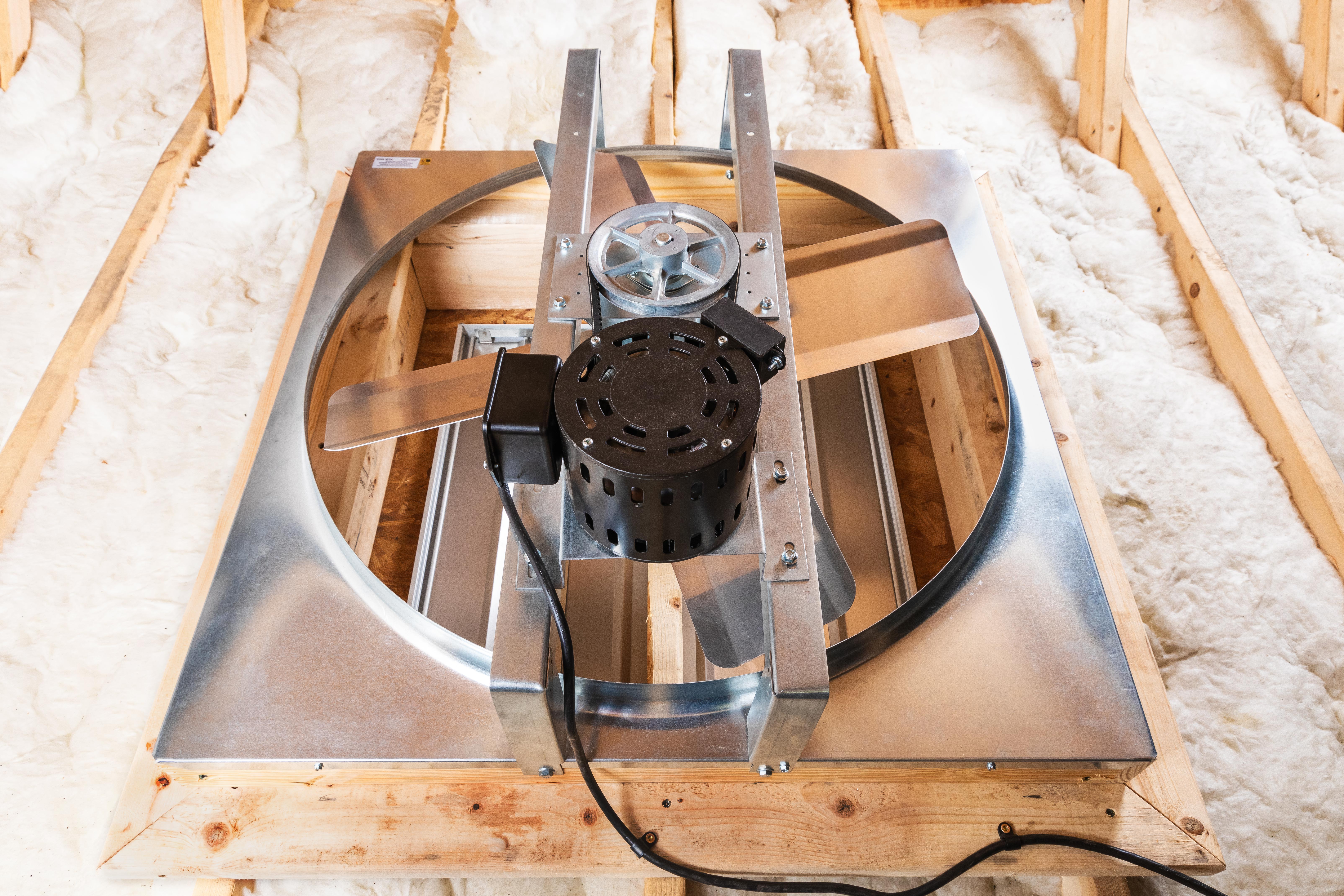
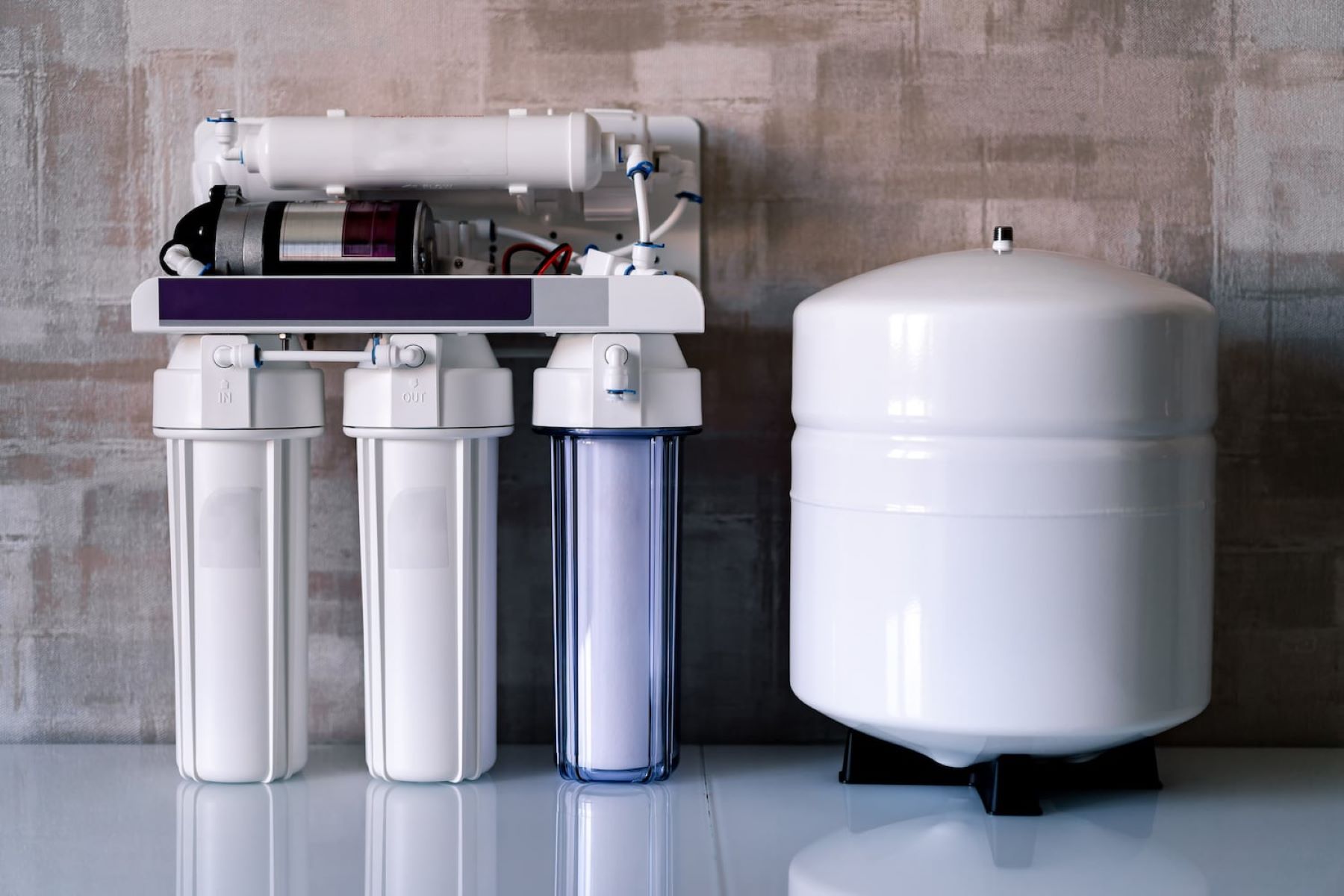
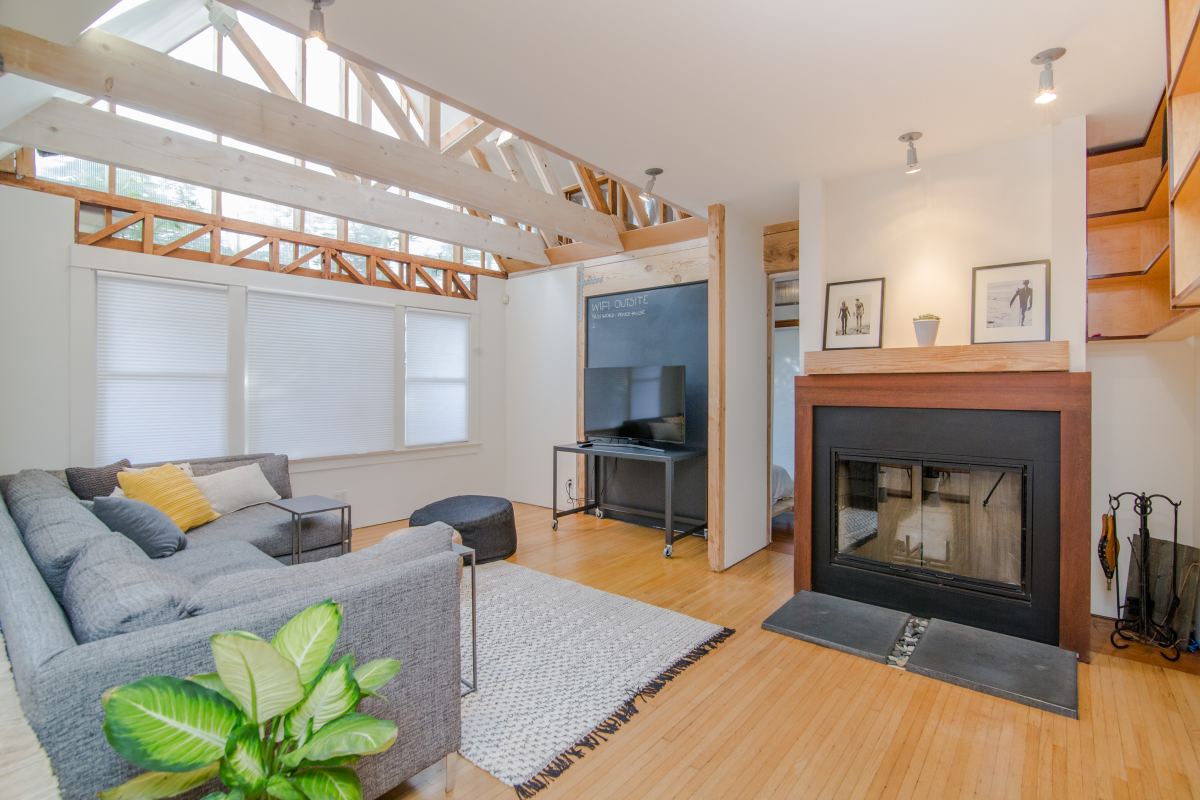
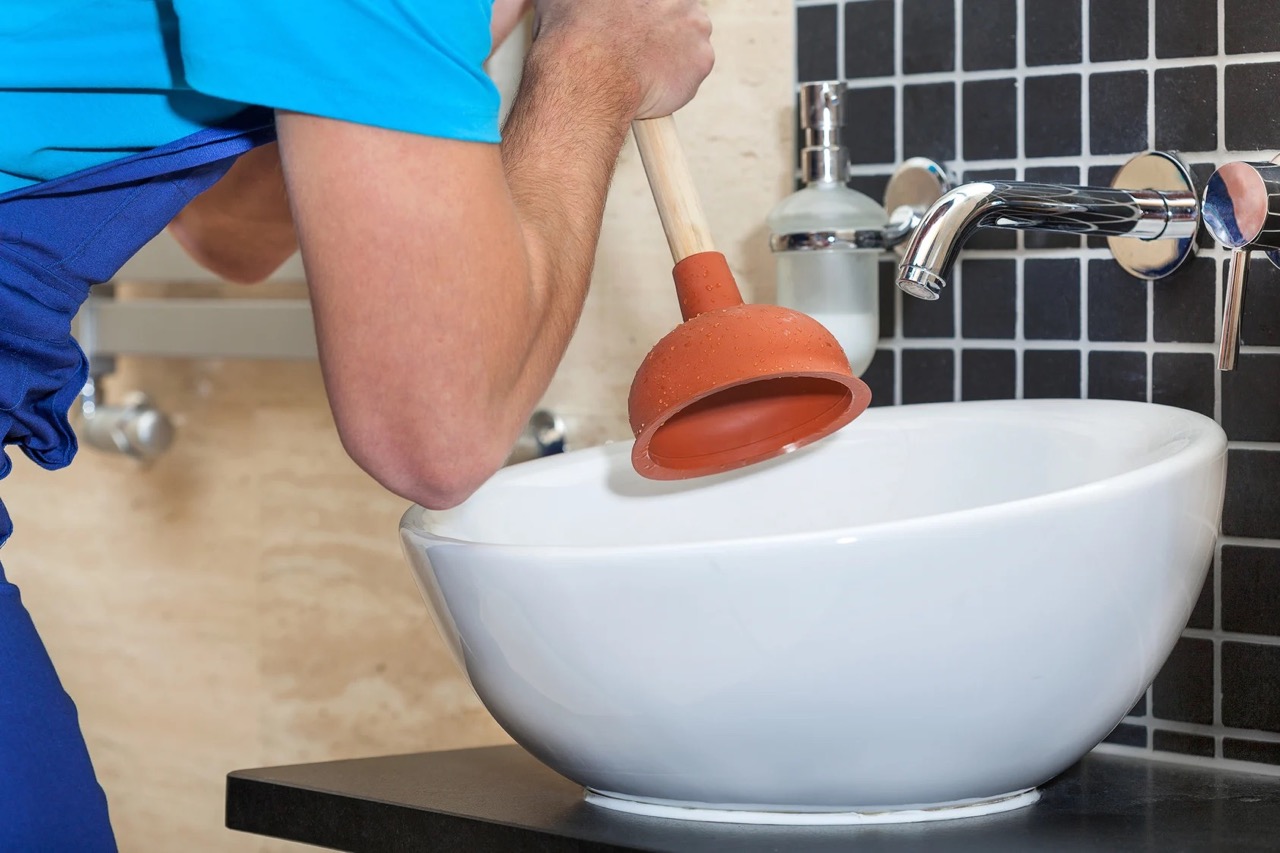
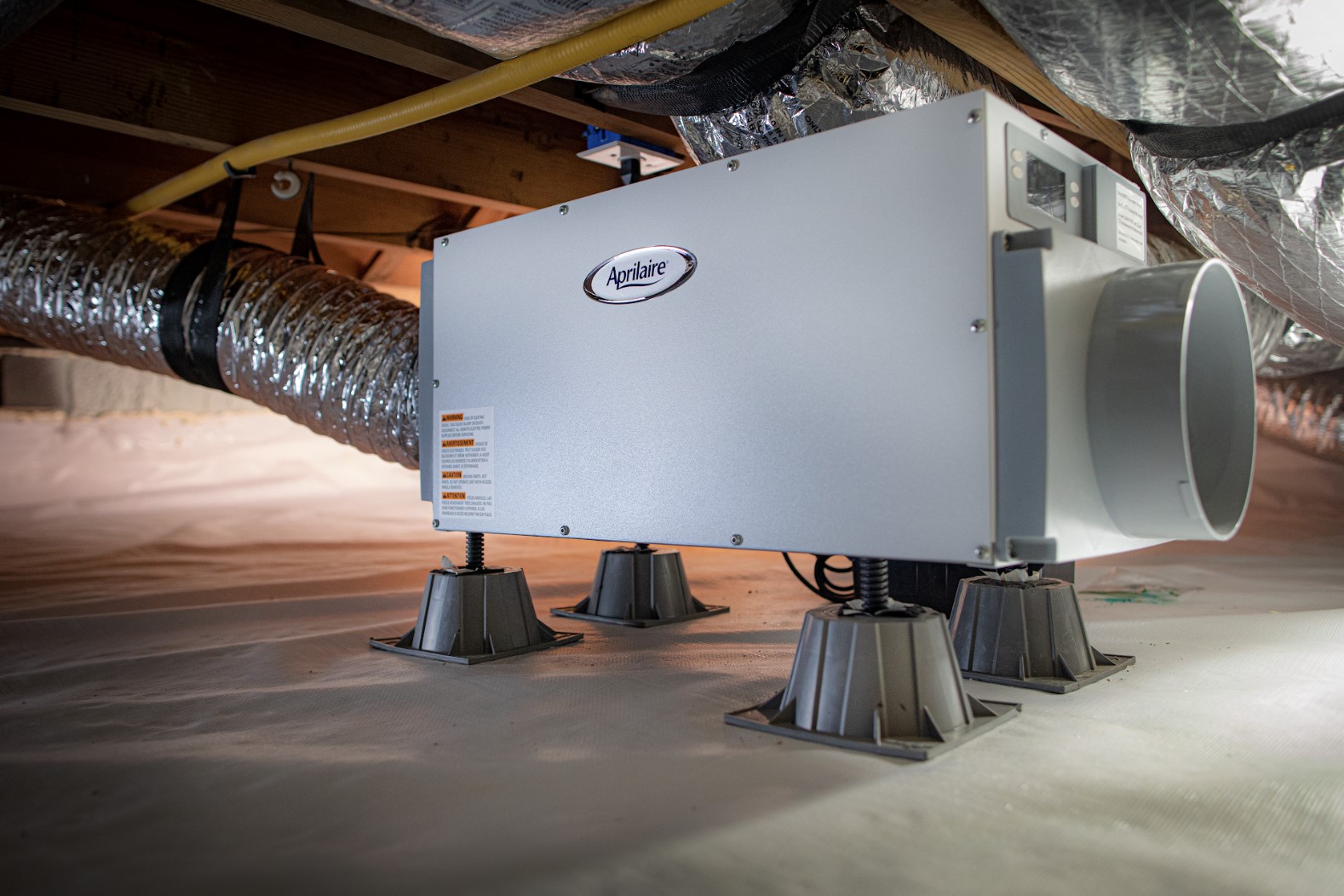
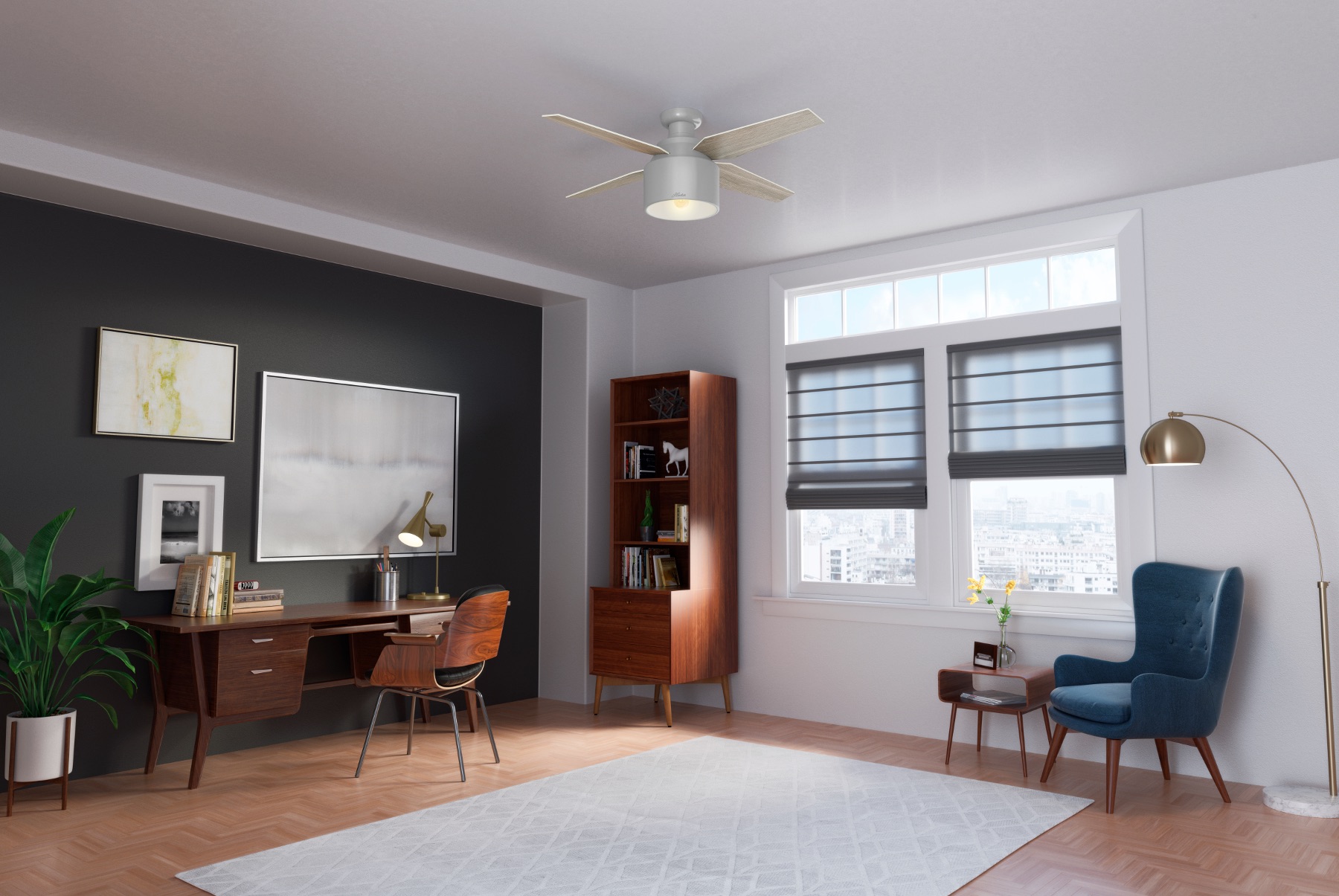
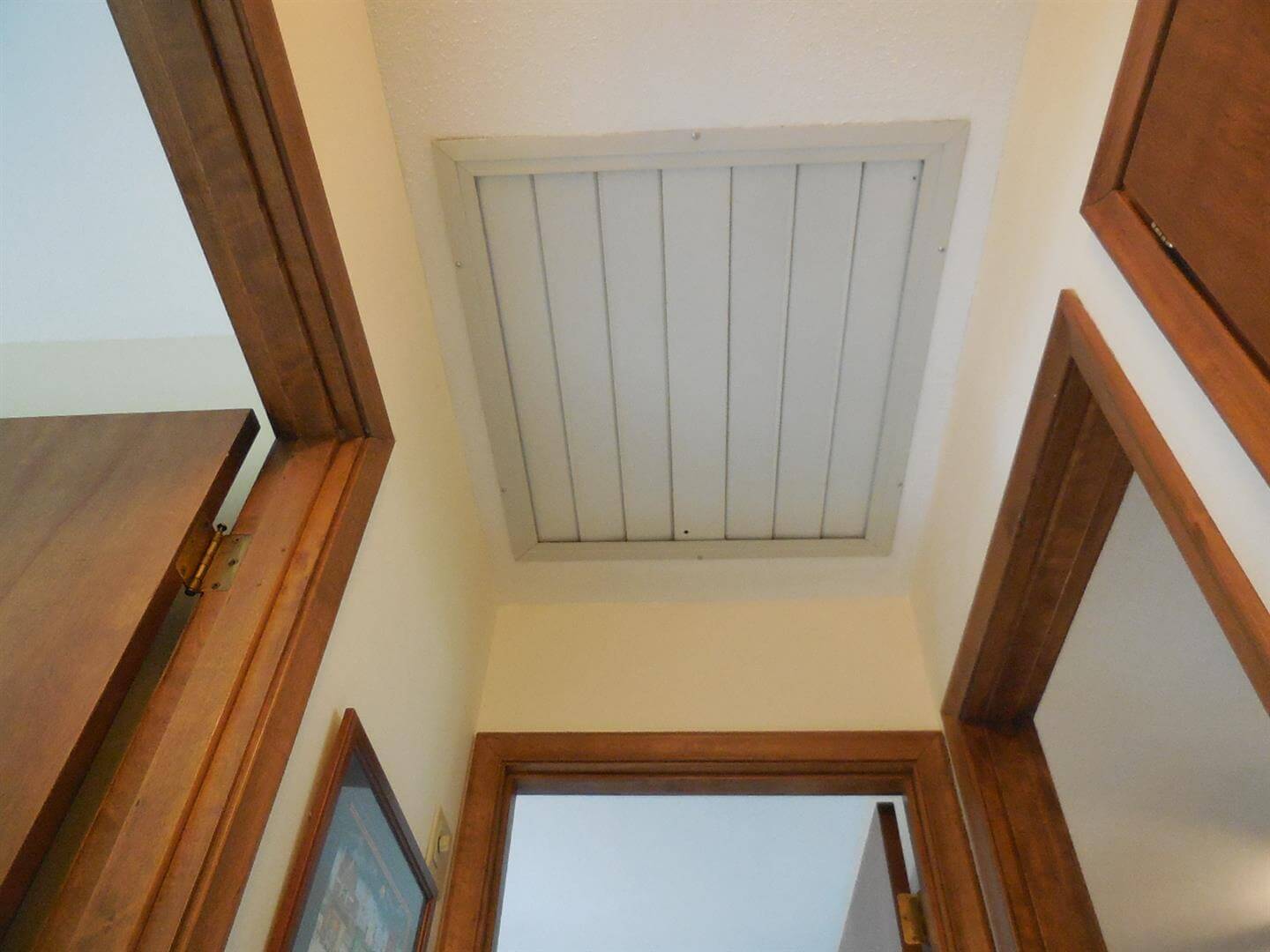
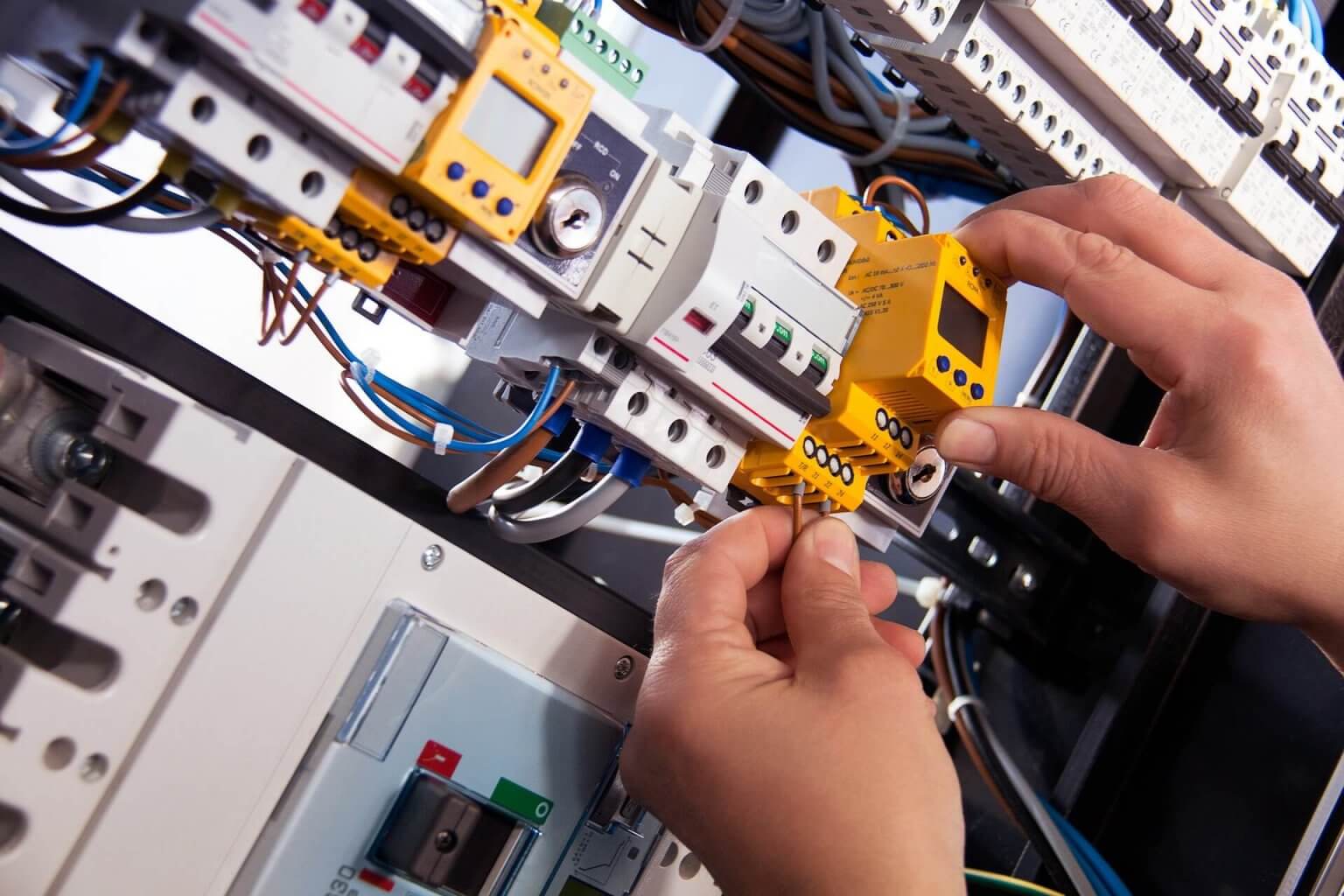
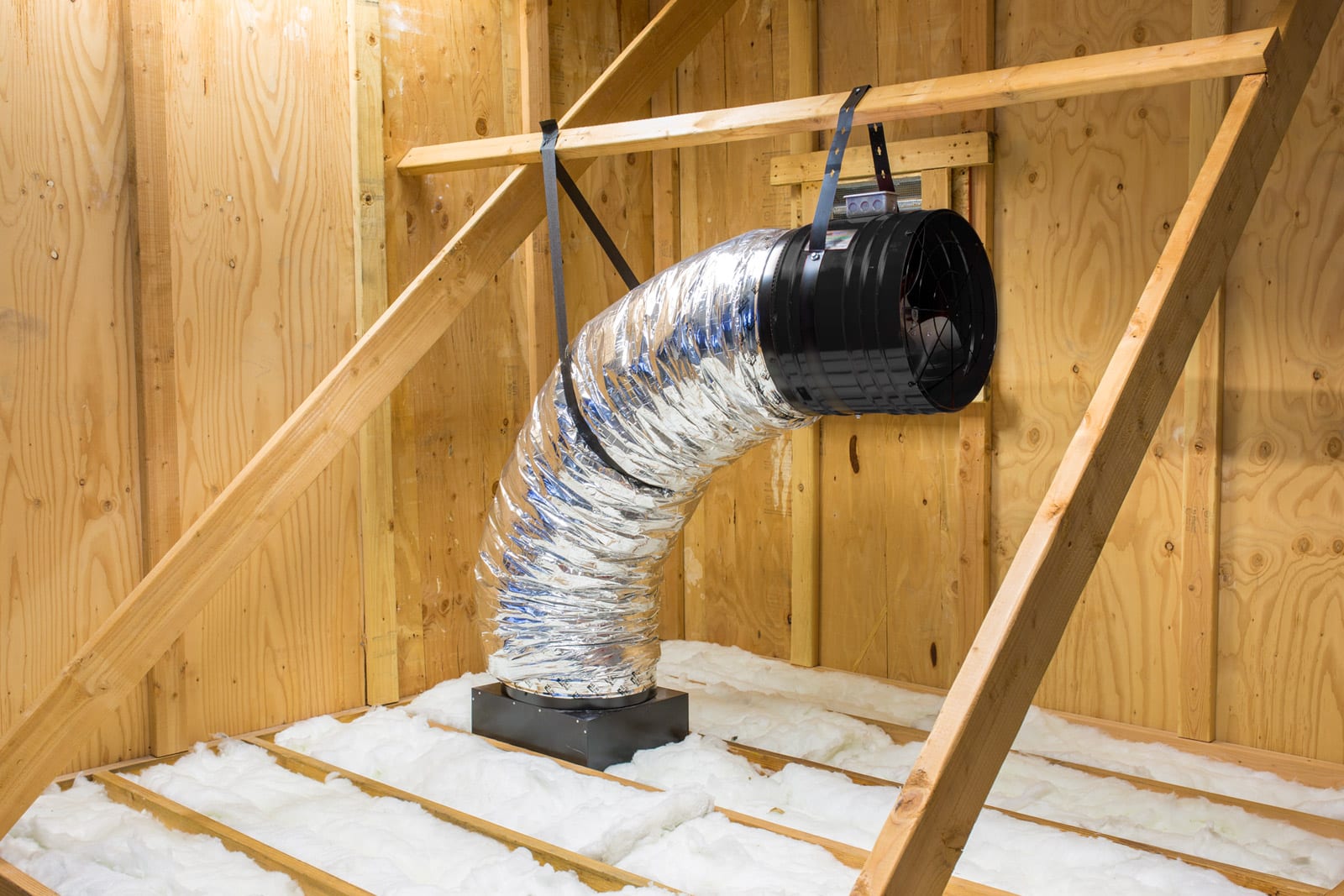
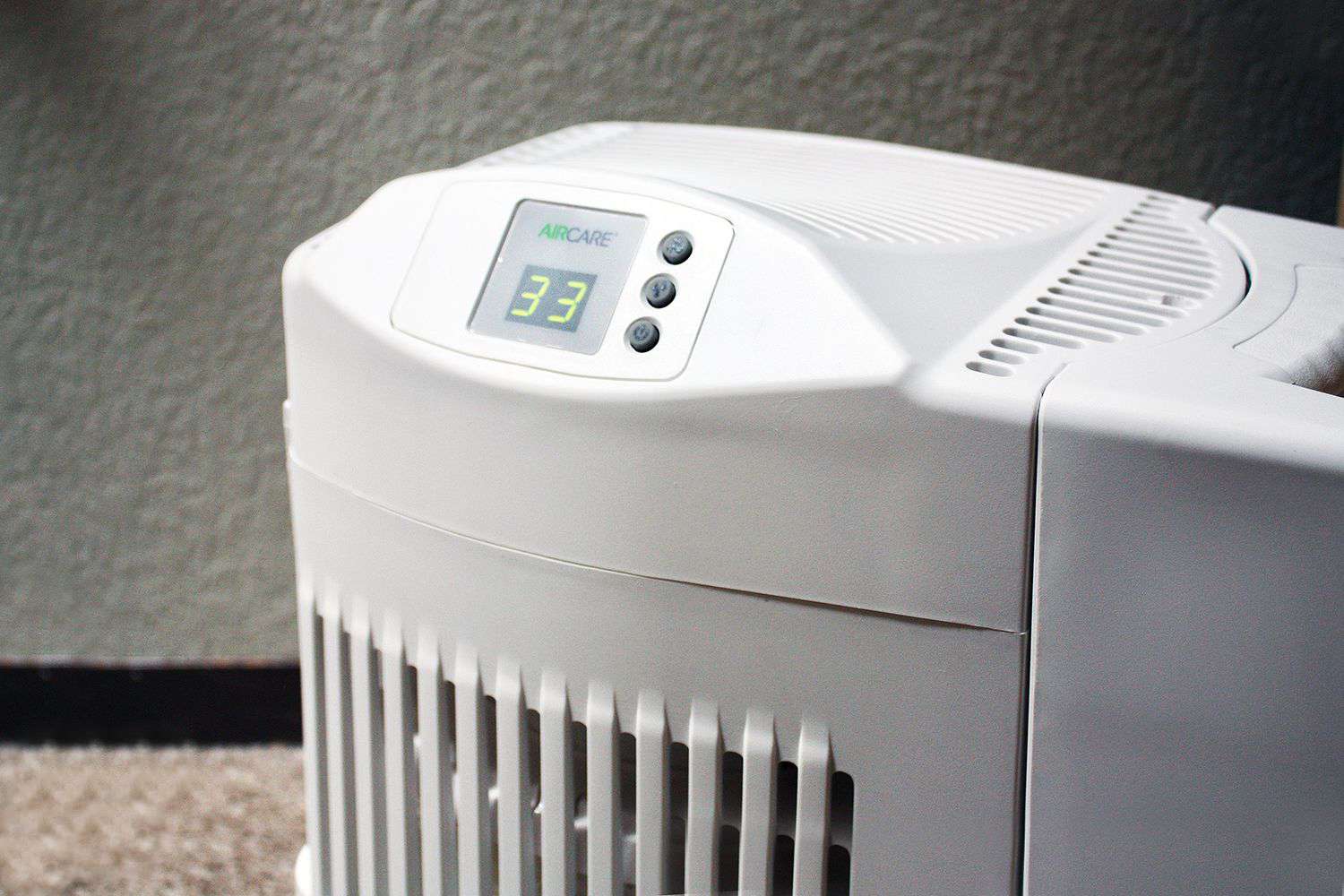
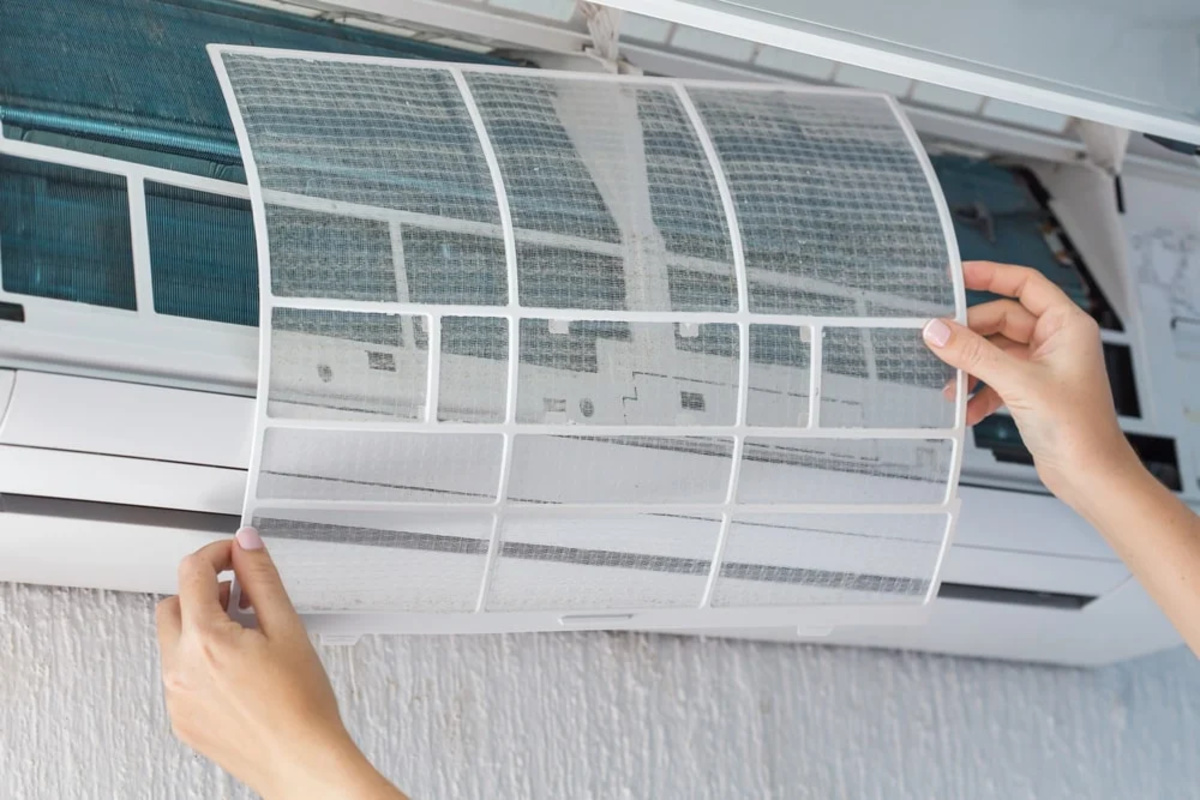
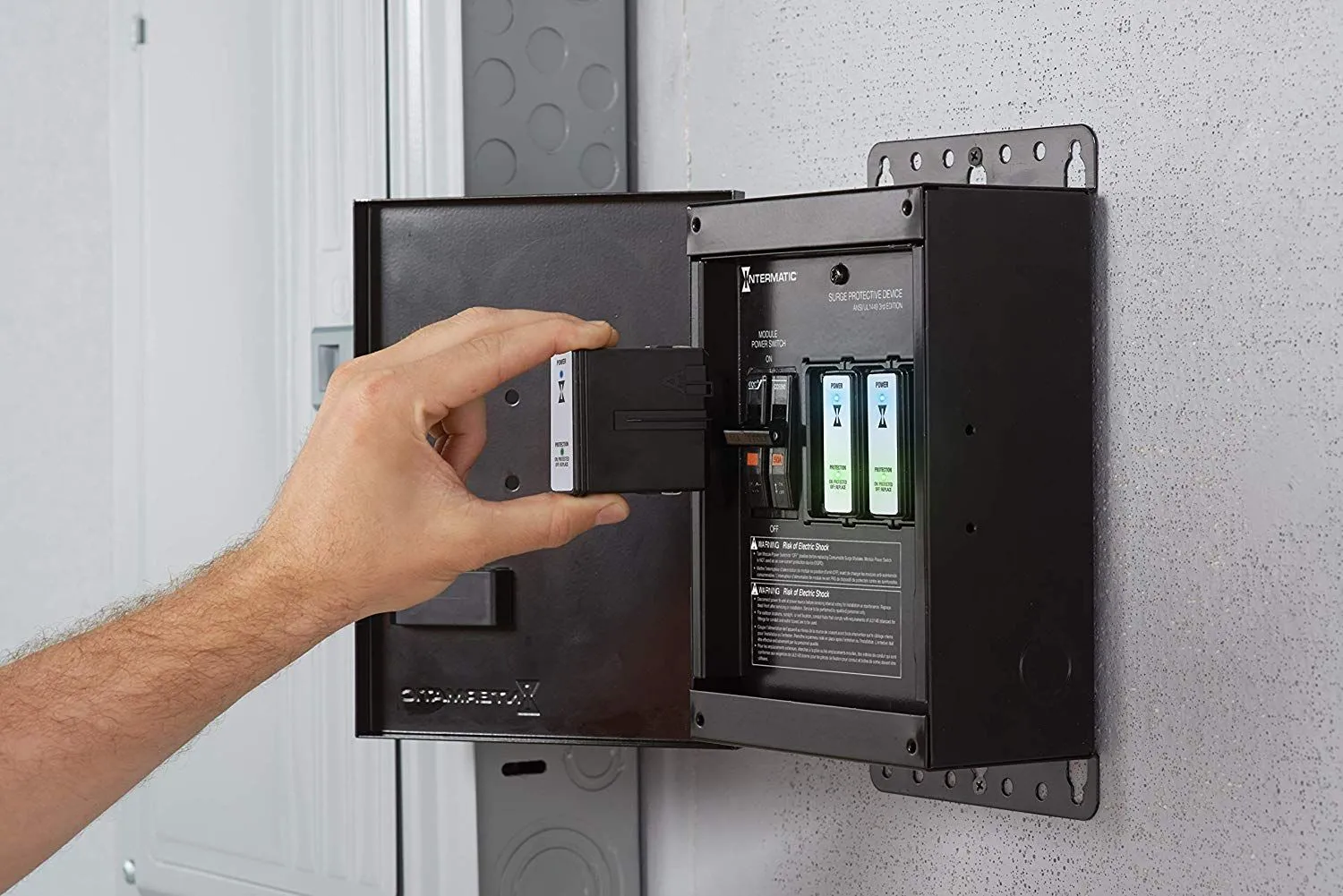

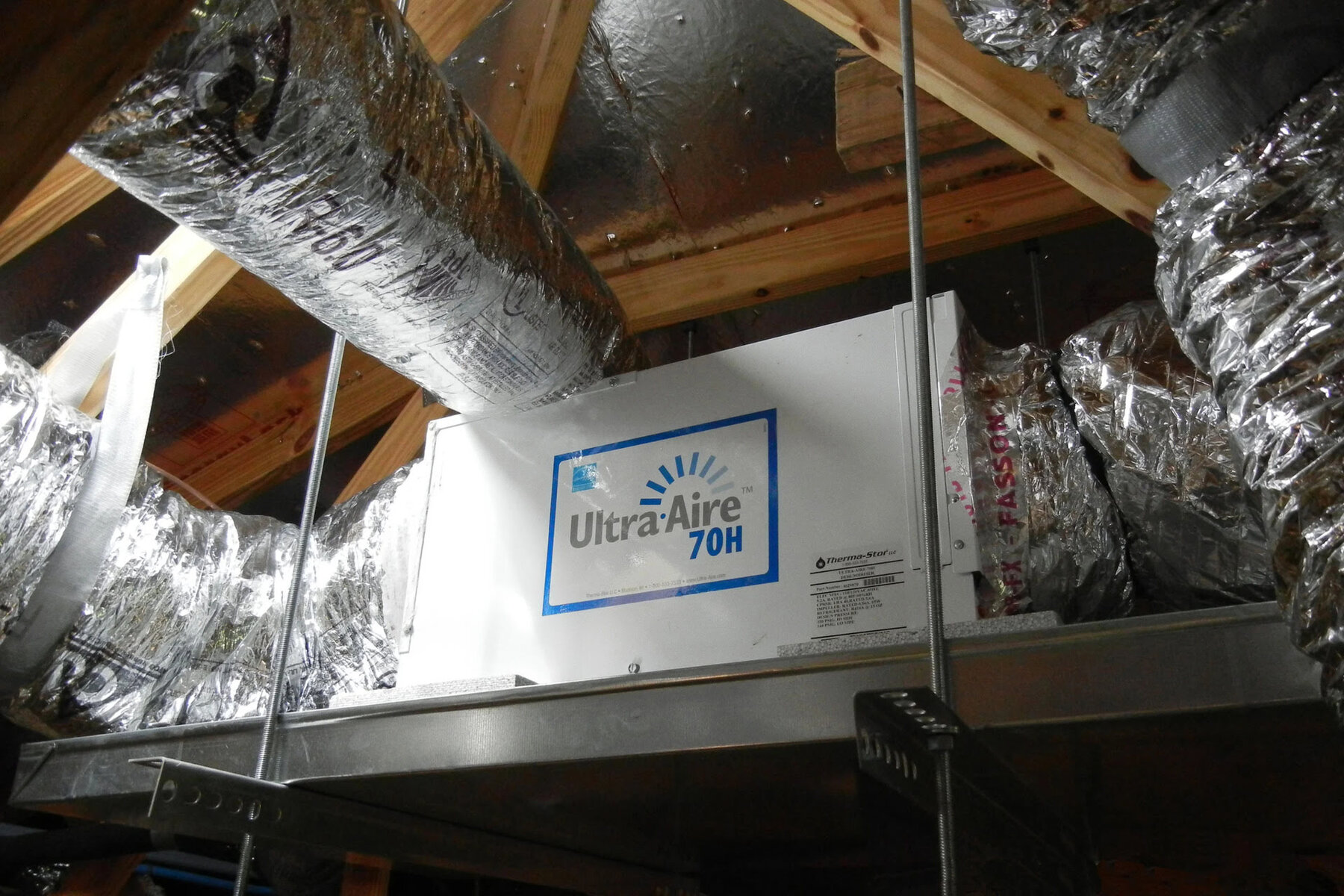

0 thoughts on “What Is A Whole House Air Ventilation System”